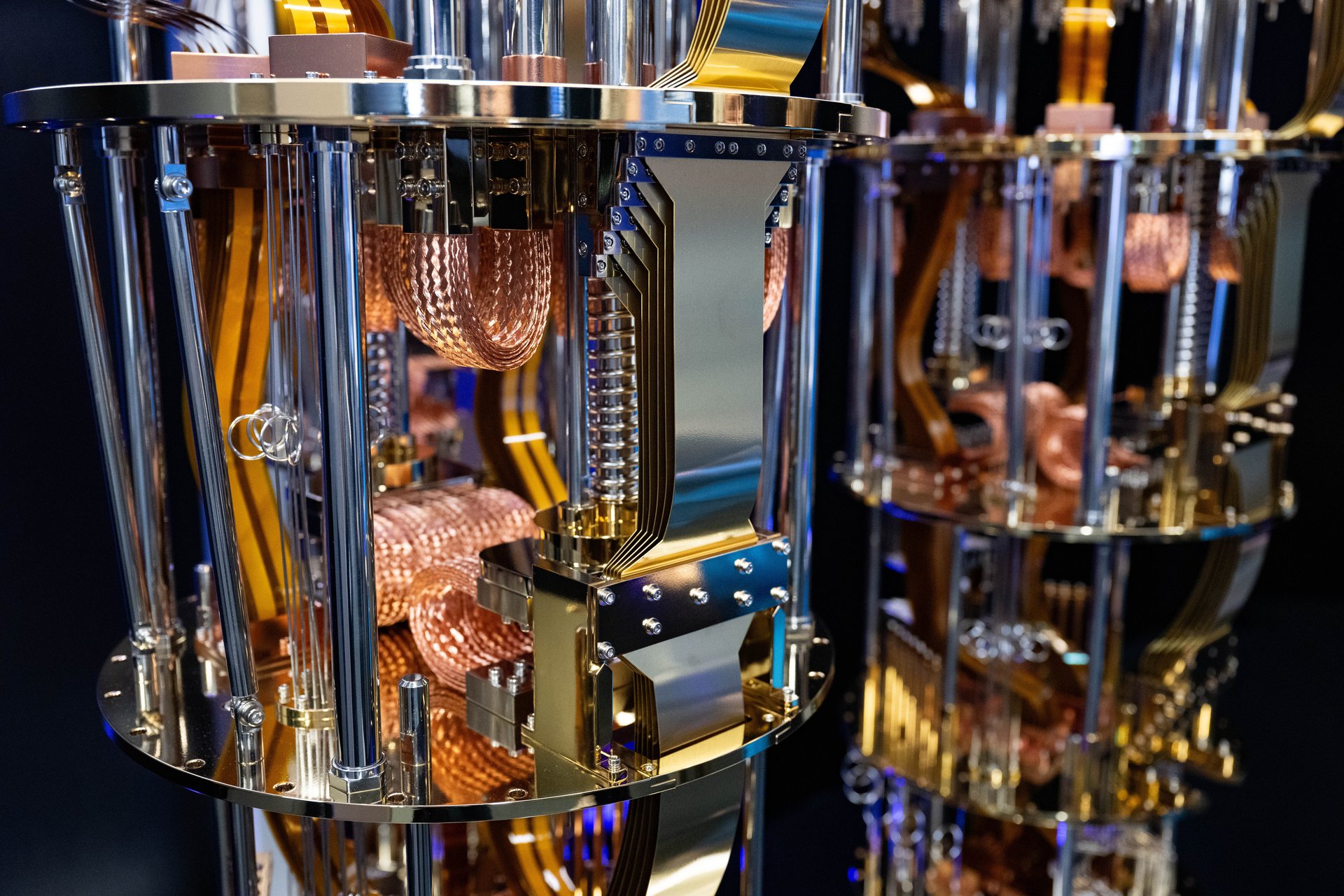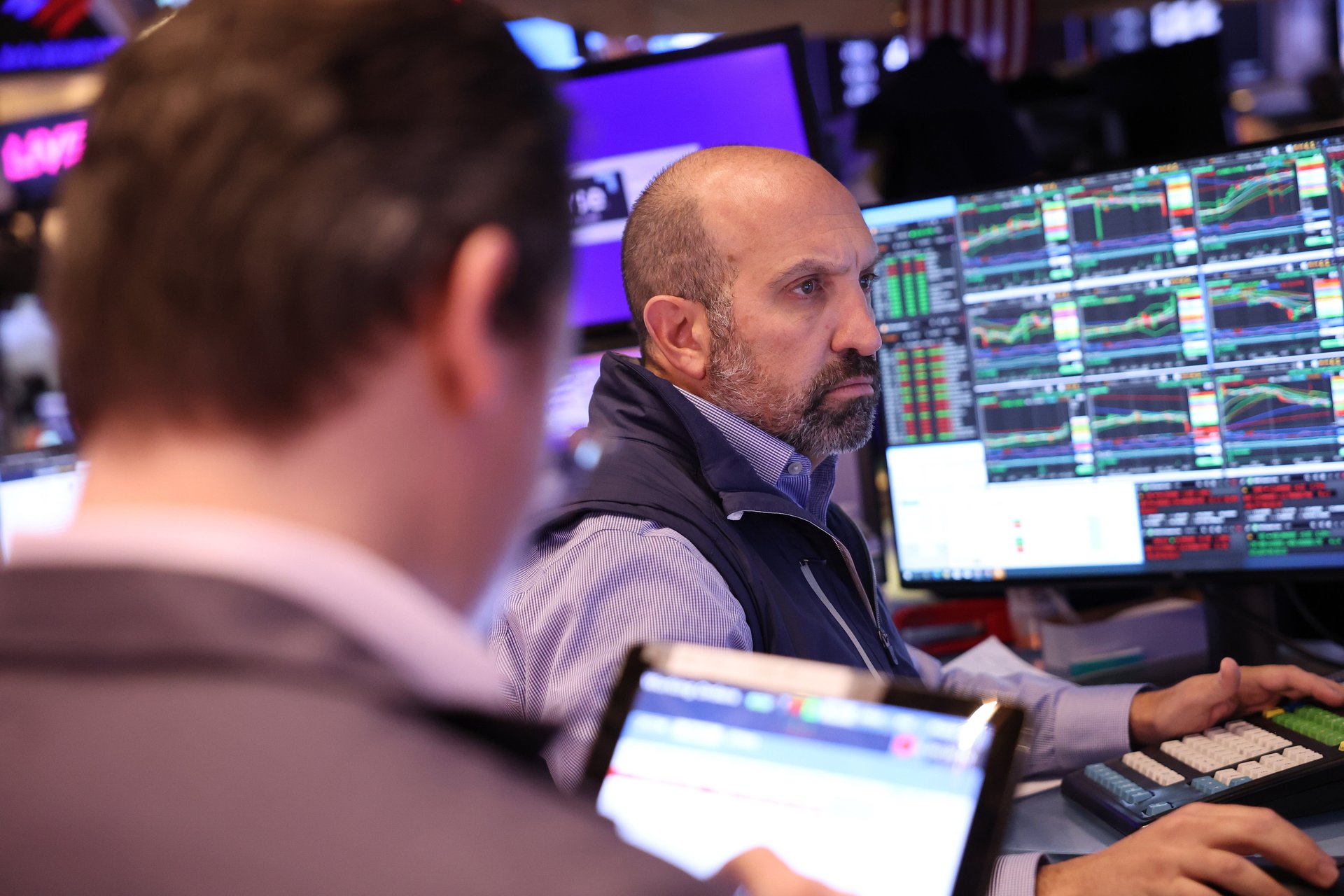FAANG and data center stocks are a buy to cash in on AI's next phase, strategist says
Tejas Dessai, director of research at Global X, breaks down which companies to invest in for the next phase of AI expansion

Tejas Dessai, director of research at Global X, spoke with Quartz for the latest installment of our “Smart Investing” video series.
Watch the interview above and check out the transcript below, which has been lightly edited for length and clarity.
ANDY MILLS (AM): The chairman of Foxconn said the AI boom “still has time to go.” Chip makers such as Nvidia are up on the news today. Where do you see the next phase of artificial intelligence expansion coming from?
TEJAS DESSAI (TD): We expect it to play out in several phases. Currently, the first phase focuses on building the infrastructure that is needed to run, train, and deploy these AI models. And in this particular phase, clearly, you need semiconductors that are specialized — the chips that Nvidia (NVDA) provides or companies like AMD (AMD) or Intel (INTC) are even trying to provide.
Now, on the other hand, you have companies like Broadcom (AVGO) that want to participate in this revolution through ASIC-type chips. There’s a wide area of other chips, as well. But beyond that, we also anticipate the broader data center industry being very well positioned here, as that infrastructure build-out happens at a very large scale, as well. So it’s clearly still early days in this revolution; we expect a large number of companies within the semiconductor value chain to participate in this. But beyond that, you have the hyperscalers with their own play. You have the data center operators and then, eventually, a much broader area of network infrastructure that will play a role in bringing these AI systems to the common masses.
AM: Data centers are going to be a big part of the next phase of AI. What companies do you see taking advantage of it?
TD: What’s happening now is you are seeing an increasing mix of AI-specific workloads come into the data center equation. And AI workloads are extremely computer-intensive. They’re energy-intensive. They need a very different kind of memory, very different kind of storage systems, very different kind of networking solutions, cooling systems, power requirements. So it’s really a breadth of innovation that we are seeing here with companies participating in this across the spectrum.
In the first phase, obviously, you’re starting to see the semiconductor players benefit from this. But as we see more and more AI clusters being deployed, you could see an uptake in memory solutions, in storage solutions, in networking solutions. And you have companies across the spectrum there that play into that equation.
And from there on, we expect companies that specialize in providing comprehensive data center solutions — complete clusters of AI that the average S&P 500 enterprise can leverage. So you talk about data center operators like Equinix (EQIX) or Digital Realty (DLR) or Next DC and several others around the world, we expect these companies to be able to participate in this revolution through infrastructure provisioning.
At the same time, you have your traditional hyperscalers, the FAANG names that build these massive computing facilities and really sell that capacity through their cloud franchises. You have Amazon’s (AMZN) AWS, Microsoft (MSFT) for sure, Google (GOOGL) Cloud, even companies like IBM (IBM) benefiting from that revolution. As they see incremental growth within their cloud franchises, they will be compelled to invest more significantly in building this infrastructure, which, again, benefits a large area of component providers in that list.

AM: Gotcha. So a big driver in economic growth over the last couple of years has been these big tech companies — their stocks are way up. Would you recommend that investors continue to invest in Big Tech going into the fourth quarter and beyond into 2025?
TD: Our advice to our clients has been to focus on adding exposure to the ancillary areas around this new revolution that is forming. Data centers are obviously top of mind. You need to have some sort of exposure to the entire data center value chain if you want to participate within the AI revolution. Beyond that, you can look at the consumer semiconductor ecosystem. You can look at cloud computing ecosystem because ultimately you will see a large breadth of these technology companies participating in this cycle and benefiting from that growth, as well.